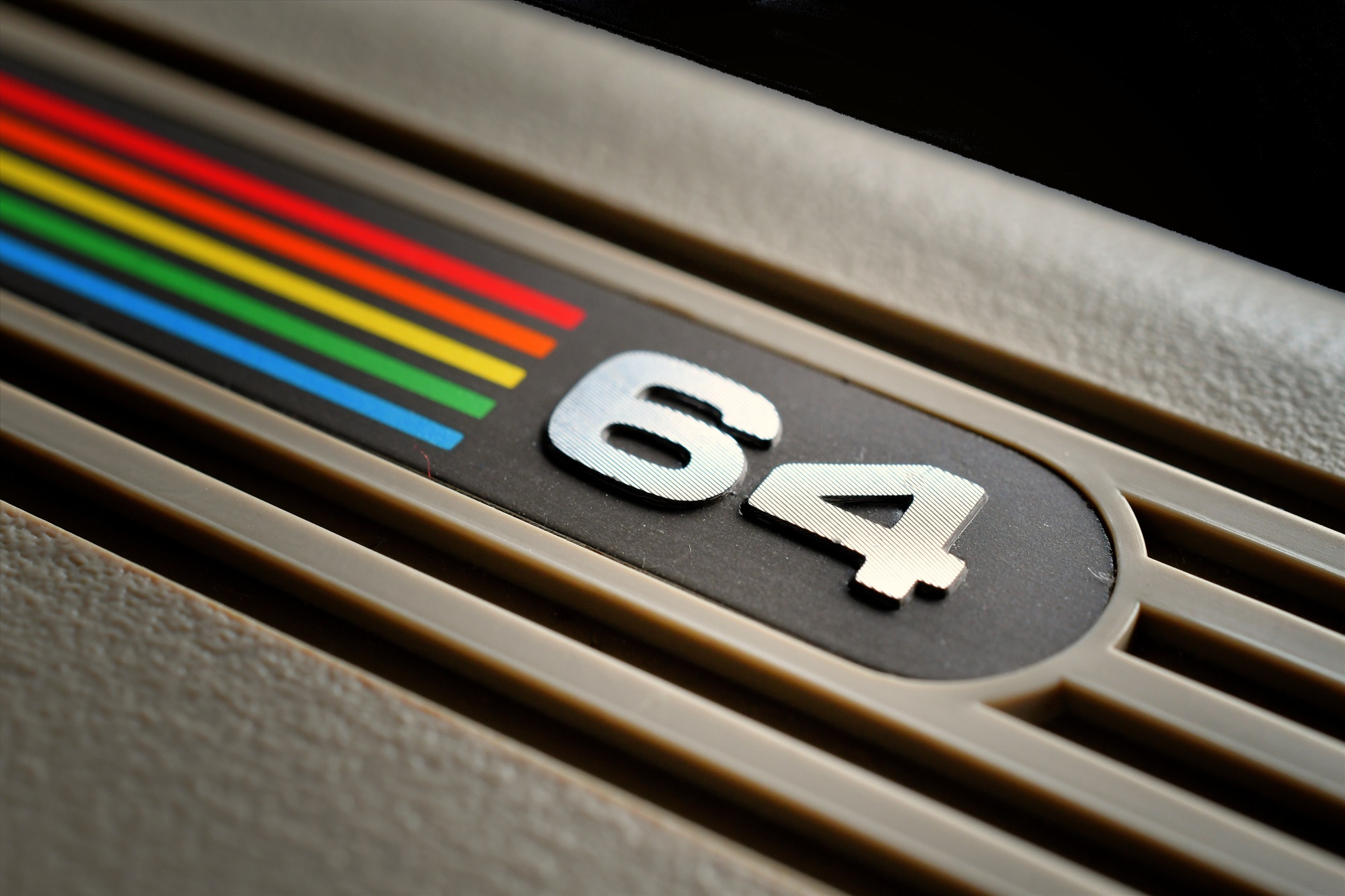Key Takeaways

- Historical Significance: Old logos reflect a brand’s identity and cultural movements, serving as visual markers of their history and evolution.
- Nostalgic Appeal: Vintage designs evoke feelings of nostalgia, which can create emotional bonds with consumers and enhance brand loyalty, particularly for small businesses.
- Evolution of Design: The transformation of logo designs over time showcases changing consumer preferences and advancements in technology, from intricate typography to minimalist styles.
- Notable Examples: Iconic brands like Coca-Cola and Starbucks illustrate the importance of maintaining heritage while adapting logos for modern appeal, demonstrating successful branding strategies.
- Design Elements: Key aspects of old logos, such as color schemes and typography, contribute to their nostalgic impact and play a crucial role in establishing a brand’s identity.
- Relevance Today: Old logos remain significant in contemporary branding, as they leverage nostalgia to enhance consumer trust and loyalty, while also informing modern design strategies.
Logos are more than just symbols; they’re the visual heartbeat of a brand. As you dive into the world of old logos, you’ll discover a fascinating journey through time, reflecting changing tastes, cultural shifts, and technological advances. These vintage designs tell stories of nostalgia, innovation, and the evolution of branding itself.
From the classic simplicity of early designs to the bold, intricate styles that defined decades, old logos offer a glimpse into the past. They remind us of the brands that shaped our childhoods and the trends that influenced generations. Join us as we explore the significance of these iconic logos and what they reveal about the brands we know today.
The Significance of Old Logos

Old logos serve as visual markers of a brand’s identity, encapsulating its history and connection to cultural movements. They resonate with audiences, making them valuable assets in the realm of branding and marketing.
Cultural Impact
Old logos reflect the societal values and trends of their time. They often tell stories about the cultures and communities that embraced them. For example, logos from the mid-20th century depict post-war optimism, while those from the 1980s highlight a shift towards vibrant, bold graphics. These designs contribute to a sense of nostalgia, invoking fond memories for customers. Small businesses often leverage these nostalgic elements in their marketing, creating a deeper emotional connection with their audience.
Evolution of Design Trends
Design trends have evolved significantly, and old logos illustrate this transformation. Early logos often featured intricate designs with ornate typography, emphasizing craftsmanship. As technology advanced, minimalist styles emerged, prioritizing simplicity and clarity. This evolution reflects changing consumer preferences and advancements in printing and digital media. Brands adapting their logos over time, such as Coca-Cola and Apple, demonstrate the importance of remaining relevant while paying homage to their roots. Recognizing these shifts can help you understand branding strategies and make informed marketing decisions for your own small business.
Notable Examples of Old Logos

Logos represent timeless links to brands, embodying their identity and history. Exploring notable examples of old logos reveals the evolution of branding and its marketing impact.
Iconic Brands and Their Histories
- Coca-Cola: Founded in 1886, Coca-Cola’s logo showcases a remarkable consistency. Initially featuring a stylish serif wordmark, the brand adopted its famous handwritten logo in red by 1887. This design has undergone minimal alterations since 1905, mainly incorporating the glass bottle and ribbon elements.
- Starbucks: Launched in 1971, Starbucks’ original logo depicted a twin-tailed siren, emphasizing its coffee and spice origin. The logo experienced significant transformations between 1987 and 1992, transitioning to a simplified design with green, black, and white colors. By 2011, Starbucks removed the circular badge and wordmark, emphasizing the standalone siren in green and white, solidifying brand recognition.
The Story Behind Logo Changes
Logo changes serve distinct purposes, often aligning with brand evolution or market shifts. Brands may simplify logos for modern appeal or enhance them to address changing consumer preferences. Coca-Cola maintained its heritage while updating visual elements to resonate with contemporary audiences. In contrast, Starbucks streamlined its logo to focus on the siren, reinforcing recognition. Such adaptations illustrate how marketing strategies rely on branding to connect with consumers and inspire loyalty, particularly for small businesses seeking to carve out their niche in competitive markets.
The Design Elements of Old Logos

Old logos exhibit distinct design elements that contribute to their nostalgia and visual impact. You’ll notice two primary aspects: color schemes and typography, along with symbolism and meaning.
Color Schemes and Typography
Color schemes in old logos often reflect historical aesthetics and technological limitations.
- Limited Color Palette: Retro logos typically use a restricted color palette due to past printing constraints. Earthy tones, muted shades, and vintage colors foster a warm, inviting look.
- Antique Colors: Faded or muted hues alongside classic black and white create a timeless feel. Royal hues and contrasting warm and cool colors, like brown, golden, and mustard, provide a vintage aesthetic reminiscent of past branding.
- Typography Choices: Fonts in old logos often feature ornate, serif styles, enhancing their classic appearance. The typography not only complements the color schemes but also reinforces the nostalgia embedded in the logos.
Symbolism and Meaning
Symbolism in old logos serves as a visual representation of the brand’s identity and its connection to cultural movements.
- Historical Context: Logos often incorporate elements that reflect the societal values of their respective eras, conveying authenticity and nostalgia.
- Brand Identity: Each logo tells a story, encapsulating the essence of the brand and its history. Understanding these symbols can aid small business marketing strategies by forging emotional connections with consumers.
- Cultural Relevance: Old logos resonate with audiences, creating an emotional bond. They evoke feelings of nostalgia and remind consumers of simpler times, which is an asset in successfully promoting a brand.
These design elements not only capture the essence of a brand but also play a crucial role in marketing, helping you connect with your audience and build loyalty.
The Relevance of Old Logos Today

Old logos play a crucial role in branding today, leveraging nostalgia and emotional connections to enhance consumer loyalty and trust.
Nostalgia in Branding
Nostalgia in branding taps into consumers’ memories, evoking positive feelings associated with brands like Coca-Cola and Disney. These companies maintain classic logos that evoke a sense of comfort and familiarity. Nostalgic logos create emotional bonds with consumers, encouraging brand loyalty. For small businesses, utilizing vintage logo designs can successfully resonate with local audiences, reinforcing community connections and enhancing marketing strategies.
Lessons for Modern Design
Modern designs benefit from analyzing old logos, incorporating historical elements like retro typography and vintage color palettes. Brands today can reimagine these elements while adhering to contemporary design principles, ensuring visual appeal and engagement. Fusing nostalgia with modern aesthetics allows small businesses to stand out in competitive markets while honoring their heritage. Integrating these lessons into marketing efforts can create a unique brand identity that sets you apart from competitors.
Conclusion

Old logos serve as a powerful reminder of a brand’s journey and its connection to cultural movements. They evoke nostalgia and emotional ties that can strengthen consumer loyalty. By understanding the significance of these vintage designs you can harness their visual impact to create a unique brand identity.
In today’s competitive market leveraging the charm of old logos can help your small business resonate with audiences. Incorporating elements from the past while staying true to modern design principles can set you apart. Embrace the lessons from these iconic logos and let their history guide your branding strategy.
Frequently Asked Questions

What is the significance of logos in branding?
Logos serve as the visual essence of a brand, encapsulating its identity and culture. They are more than mere symbols; they evoke emotions, foster recognition, and create a connection between the brand and its audience, making them critical assets in marketing and branding efforts.
How do old logos reflect cultural shifts?
Old logos illustrate changing societal values and design trends over time. They capture the essence of the eras they represent, showcasing how cultural movements have influenced branding. This connection allows consumers to feel nostalgic and recognize the impact of these logos on their lives.
Why should small businesses consider using vintage logos?
Utilizing vintage logos can resonate with local audiences and evoke nostalgia, fostering emotional connections. This approach not only reinforces community ties but also helps small businesses differentiate themselves in competitive markets by positioning themselves as brands with history and authenticity.
How have logos like Coca-Cola and Starbucks evolved?
Coca-Cola’s logo has largely stayed consistent since 1886, emphasizing brand heritage, while Starbucks has simplified its logo from an intricate siren to a cleaner design, focusing on brand recognition. Both adaptations illustrate how logos evolve to maintain relevance and appeal to contemporary consumers.
What design elements contribute to the impact of old logos?
Old logos often feature limited color palettes with earthy tones, vintage typography, and symbolic imagery. These elements create a classic look that resonates with audiences, helping convey authenticity and nostalgia, crucial for building connections and loyalty in branding.
How does nostalgia influence consumer loyalty?
Nostalgic branding taps into positive memories associated with brands, strengthening emotional bonds with consumers. By appealing to fond memories, brands can enhance consumer loyalty and trust, making nostalgic elements essential for effective marketing strategies in today’s landscape.
What lessons can modern brands learn from old logos?
Modern brands can benefit from analyzing the design elements of old logos, such as retro typography and color palettes. By blending these nostalgic elements with contemporary design principles, brands can create a unique identity that honors their heritage while appealing to modern audiences.
Image Via Envato



